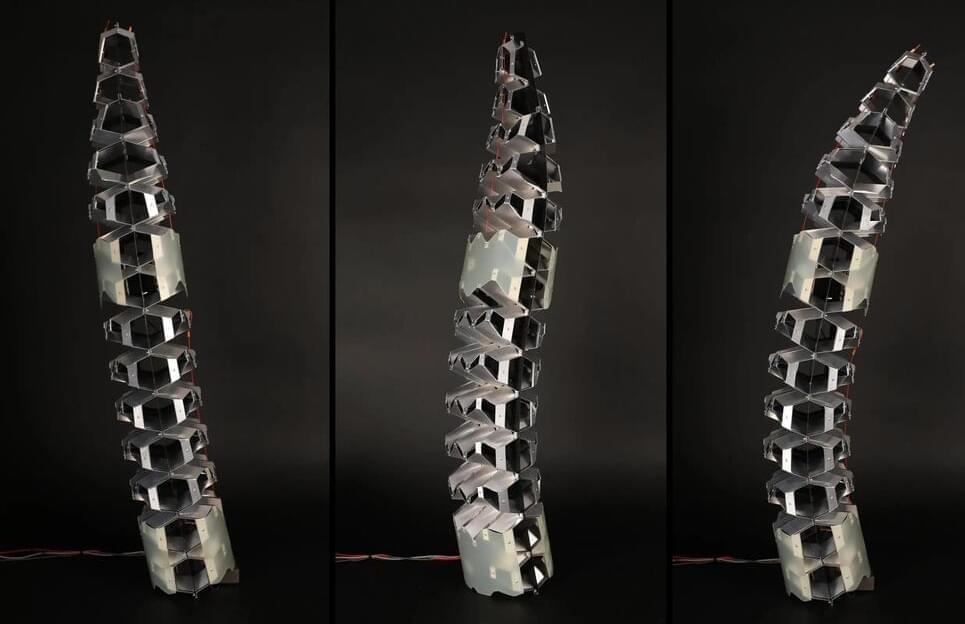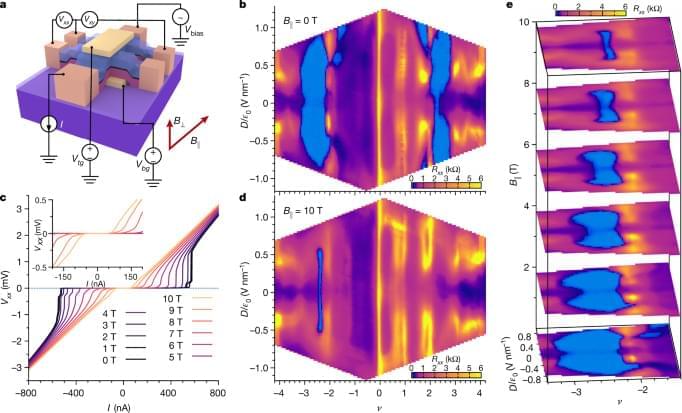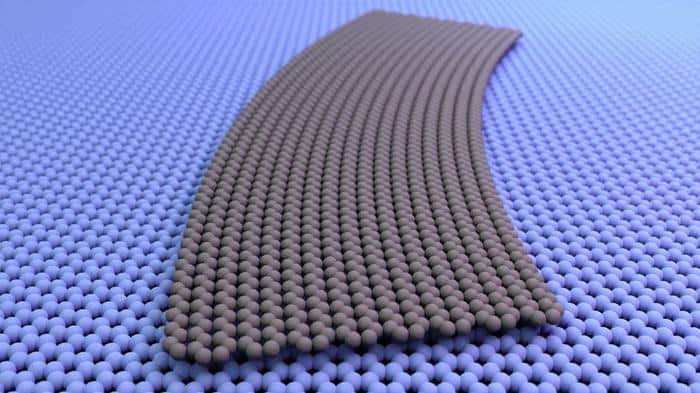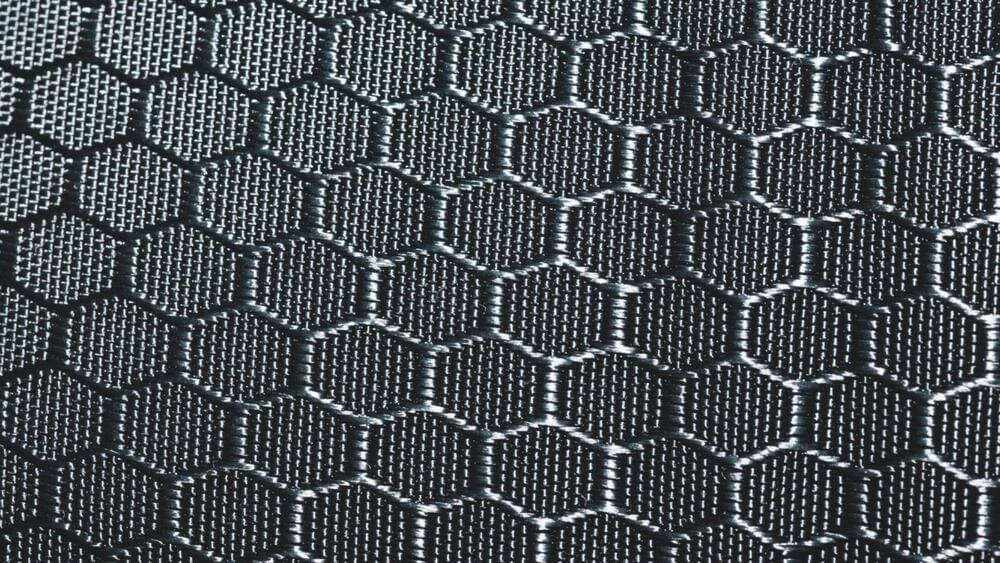Year 2022 😗😁
During the IEEE International Electron Devices Meeting (or IEDM), Intel claimed that by 2030, there would be circuits with transistor counts of a trillion, roughly ten times the number of transistors currently available on modern CPUs.
At the meeting, Intel’s Components Research Group laid down its prediction for the future of circuits manufacturing (via sweclockers) and how new packaging technologies and materials will allow chipmakers to build chips with 10x the transistor density, keeping in Moore’s Law.








